Understanding Welding Methods for Piping and Structural Connections
Understanding Welding Methods for Piping and Structural Connections: Welding is the backbone of industrial construction, particularly in sectors like oil and gas, petrochemicals, power generation, and manufacturing. At AskA Solution, a leading industrial services provider in Saudi Arabia, we specialize in providing precise and code-compliant welding solutions for piping systems and structural steel connections.
Whether it’s assembling a pipeline network or erecting heavy-duty steel frameworks, choosing the right welding method is essential to ensure strength, durability, safety, and compliance with industry standards. This blog aims to help clients, engineers, and project managers understand the most commonly used welding techniques at AskA Solution, their applications, and why they matter for Saudi Arabia’s industrial infrastructure.
Details About Understanding Welding Methods for Piping and Structural Connections
In Saudi Arabia’s industrial environment, where extreme temperatures, corrosive conditions, and high operational pressures are common, welding quality is non-negotiable. A poorly welded joint can lead to pipeline failure, structural collapse, downtime, and safety incidents.
At AskA Solution, our certified welders and engineers use ASME, API, AWS, and ISO standards to ensure that welding quality meets international and local expectations, especially for critical clients like Saudi Aramco, SABIC, SEC, and Ma’aden.
Welding in Piping Systems vs. Structural Connections
Understanding the difference between welding in piping systems and structural connections helps clarify why different welding methods are used:
| Aspect | Piping Systems | Structural Steel |
|---|---|---|
| Primary Purpose | Transport of fluids/gases | Load-bearing framework |
| Design Considerations | Pressure containment, corrosion resistance | Load transfer, stress distribution |
| Codes/Standards | ASME B31.3, API 1104 | AWS D1.1, AISC |
| Common Materials | Carbon steel, stainless steel, alloy steel | Mild steel, structural steel |
| Typical Joints | Butt joints, socket welds, flanges | Fillet welds, groove welds, and beam-column connections |
Understanding Welding Methods for Piping and Structural Connections at AskA Solution

Let’s break down the key welding techniques we use, along with their applications and benefits:
1. Shielded Metal Arc Welding (SMAW) – “Stick Welding”
Applications:
- Field welding of piping and structural steel
- High-pressure pipelines
- Repairs and maintenance
Advantages:
- Highly portable, ideal for site welding
- Performs well in outdoor and windy conditions
- Suitable for carbon steel and alloy steel
Why We Use It at AskA:
SMAW is a go-to method for welding structural supports and pipelines in remote or hard-to-access industrial sites across Saudi Arabia. Our welders are Aramco-certified and trained to meet safety and quality benchmarks.
2. Gas Tungsten Arc Welding (GTAW) – “TIG Welding”
Applications:
- High-precision welding in piping (especially stainless steel)
- Pressure vessels and instrumentation tubing
- Clean room and food-grade applications
Advantages:
- Produces clean, high-quality welds
- Excellent for thin materials
- No slag or spatter
Why We Use It at AskA:
GTAW is favored for critical piping systems, particularly in chemical plants and refineries, where clean and precise welds are essential to prevent contamination and ensure leak-proof performance.
3. Gas Metal Arc Welding (GMAW) – “MIG Welding”
Applications:
- Structural steel welding in workshops
- Sheet metal and medium-gauge steel
- Pre-fabrication of industrial components
Advantages:
- Faster welding speeds
- Minimal cleanup
- Easier to automate
Why We Use It at AskA:
In our prefabrication workshops, GMAW is used for fabricating structural frames, skid packages, and modular equipment, ensuring faster turnaround times and quality welds.
Read Also: Key Roles and Responsibilities in an Industrial Installation Team
4. Flux-Cored Arc Welding (FCAW)
Applications:
- Structural steel connections, especially outdoors
- Heavy-duty applications
- Thick materials and long welds
Advantages:
- High deposition rates
- Better for out-of-position welds
- Works well in windy environments
Why We Use It at AskA:
FCAW is ideal for high-strength structural welding projects, such as the construction of storage tanks, pipe racks, and steel buildings under demanding timelines.
5. Submerged Arc Welding (SAW)
Applications:
- Large-diameter pipe welding
- Structural beam fabrication
- Pressure vessels
Advantages:
- Deep weld penetration
- High deposition rates
- Minimal spatter
Why We Use It at AskA:
For massive welding jobs like large tanks or offshore structures, SAW offers efficiency and strength, ensuring project scalability and code compliance.
Welding Procedure Specifications (WPS) at AskA Solution
Before any welding job begins, our engineers develop a Welding Procedure Specification (WPS) in line with ASME or AWS codes. The WPS defines:
- Joint design
- Type of electrode/filler material
- Base materials
- Preheat and post-weld heat treatment
- Position and technique
- Welding parameters (voltage, current, travel speed)
We also perform Procedure Qualification Records (PQRs) and Welder Performance Qualification (WPQ) tests to ensure compliance with client and international expectations.
Ensuring Quality and Safety in Welding Operations
At AskA Solution, safety and quality go hand-in-hand with technical execution.
Quality Assurance Measures:
- Visual Inspection (VT)
- Radiographic Testing (RT)
- Ultrasonic Testing (UT)
- Magnetic Particle Testing (MT)
- Dye Penetrant Testing (PT)
Safety Standards Followed:
- OSHA
- ISO 45001
- Saudi Aramco Safety Manual
- PPE, fire safety, and gas cylinder protocols
Our welders are trained in hot work permits, emergency response, and confined space safety, ensuring that every weld meets the highest safety criteria.
Welding in Harsh Saudi Environments
From desert pipelines in the Empty Quarter to coastal petrochemical plants in Jubail and Yanbu, welding in Saudi Arabia requires dealing with:
- High ambient temperatures
- Dust and sand exposure
- Humidity and salt-laden air (near coasts)
- Strict client and regulatory requirements
AskA Solution uses weather-appropriate procedures, climate-controlled environments, and protective welding shelters to minimize environmental effects and ensure weld integrity.
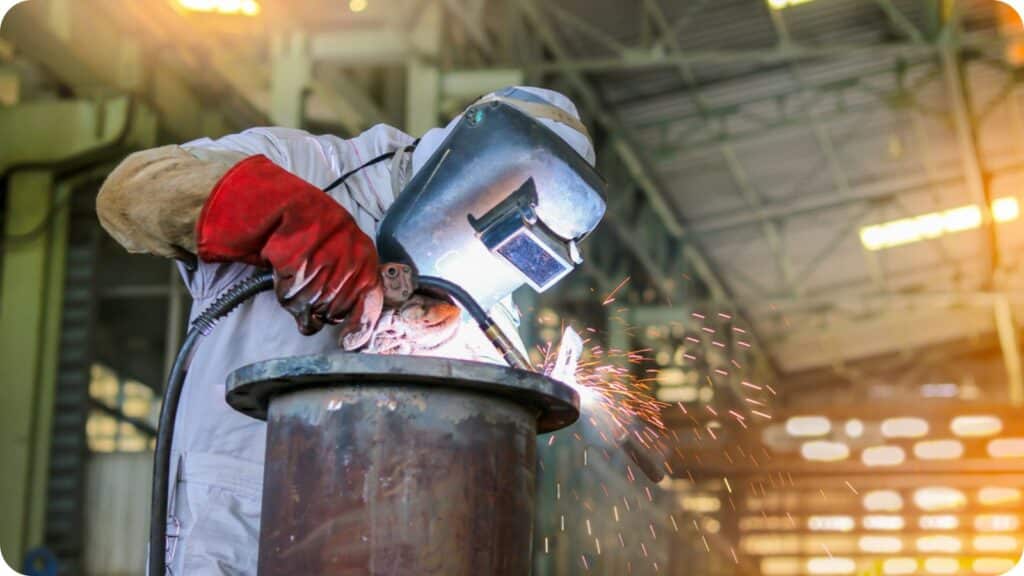
Conclusion
Welding is more than just joining metals—it’s about building reliable infrastructure that supports the Kingdom’s Vision 2030 ambitions. At AskA Solution, we take pride in offering tailored welding solutions using the right methods, certified personnel, and strict quality control for piping systems and structural steel installations.
Whether your project is in Dammam, Jubail, Riyadh, or Yanbu, trust us to deliver strong, secure, and sustainable welds that stand the test of time.

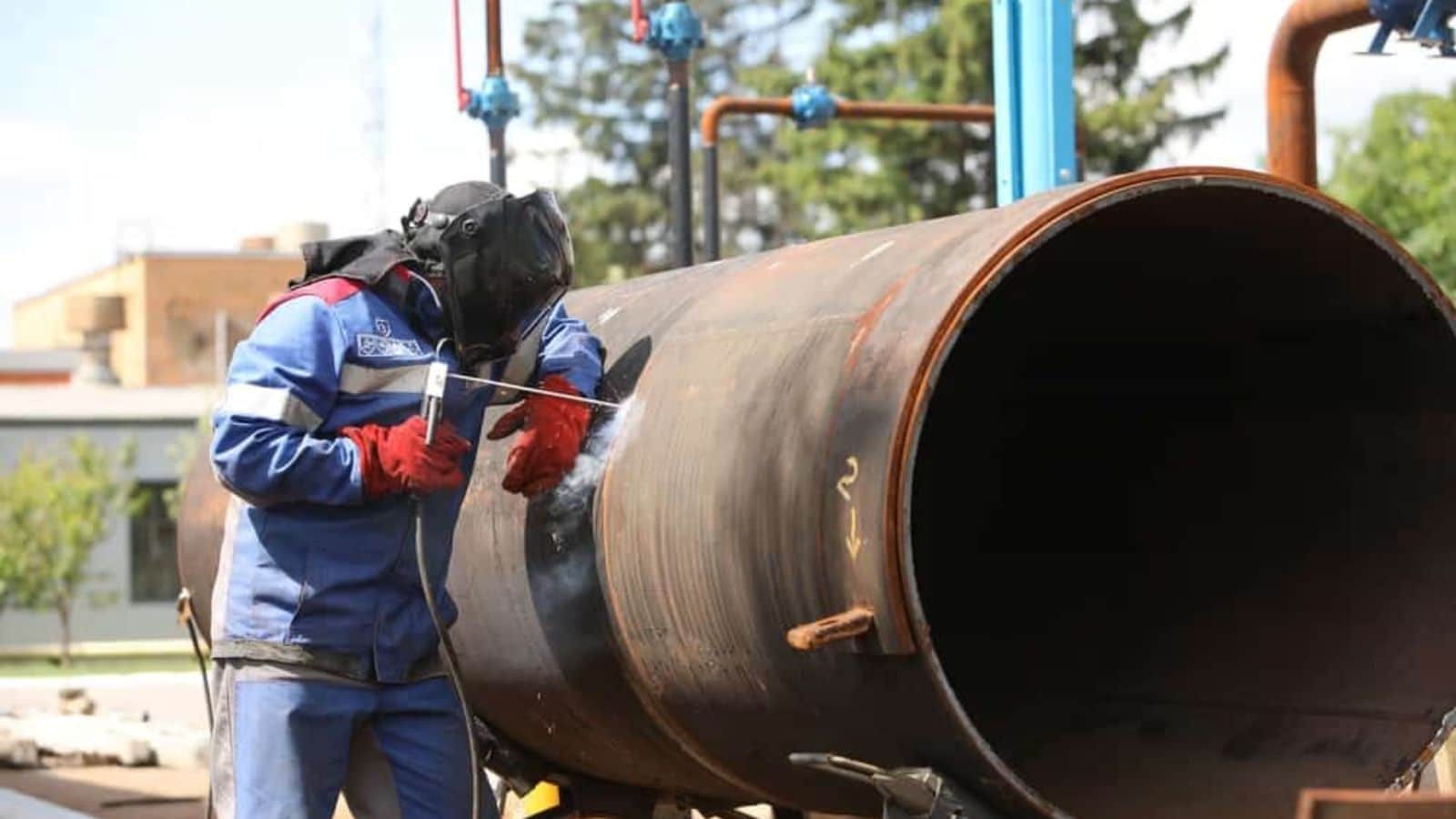
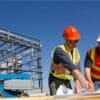
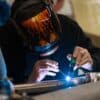





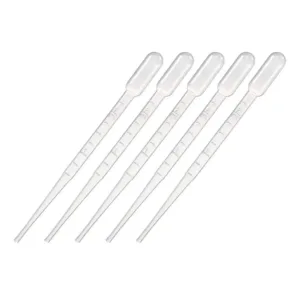
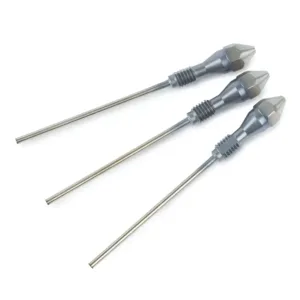
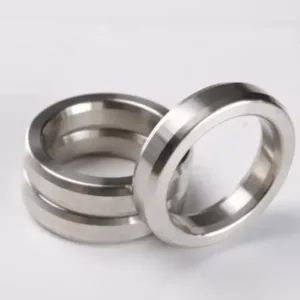
Add comment
You must be logged in to post a comment.